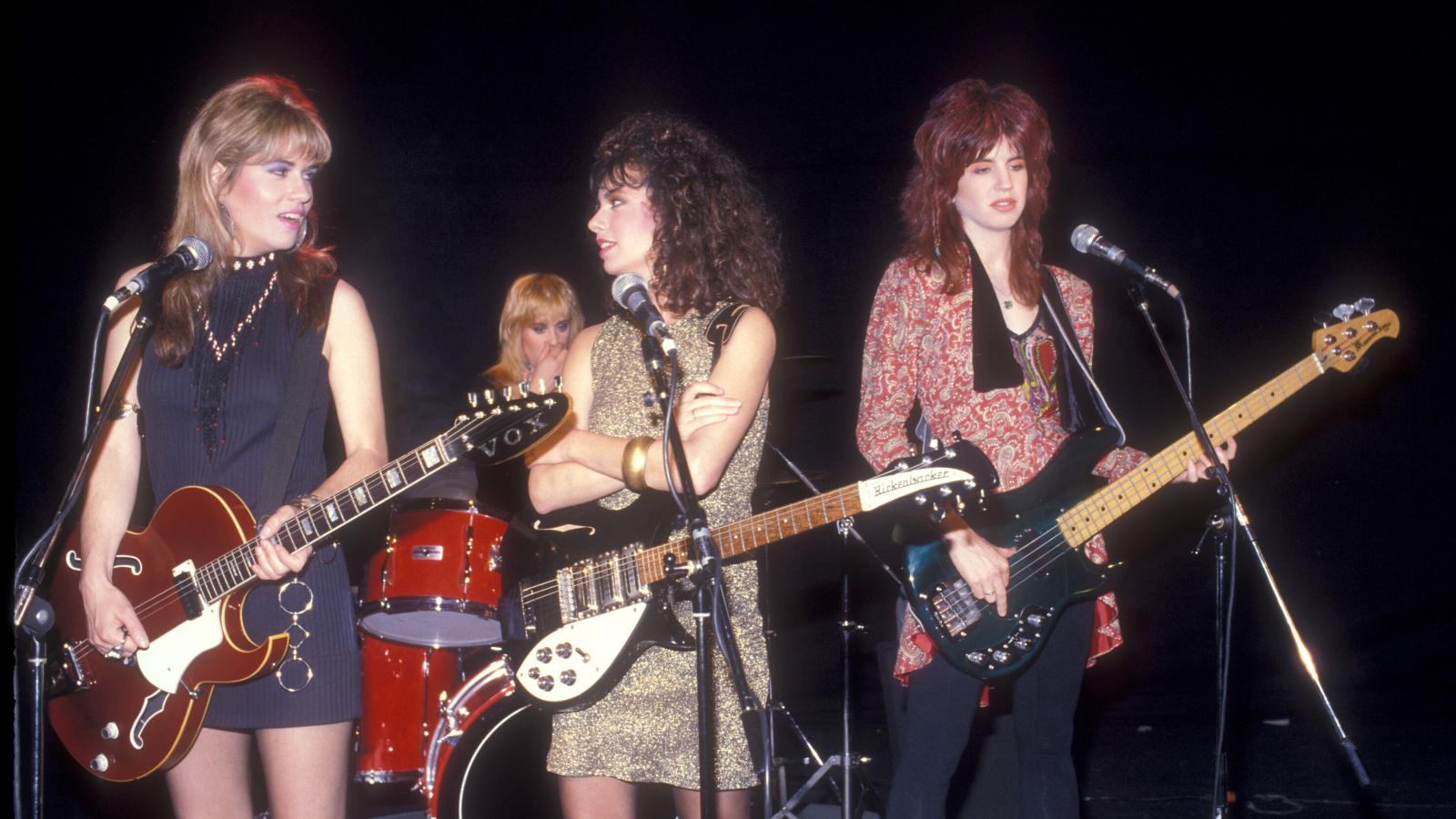Merging Late ‘60s Jangle Rock With Punk, the Paisley Underground Signaled a Psychedelic Rock Revival
This musical movement inspired countless artists including Prince, the Teardrop Explodes and Echo and the Bunnymen

Operating under the banner of the Paisley Underground, bands like the Three O’Clock, the Rain Parade, the Dream Syndicate and – the movement’s most successful group – the Bangles merged elements of late-1960s jangle rock with the DIY aesthetic and attitude of the then-recent punk movement.
In the spirit of the British Invasion groups who covered classic rock and roll, the Paisley Underground bands were less concerned about fidelity to any classic sensibility and more interested in adding their own interpretation to it.
The Three O’Clock demonstrated range beyond the psych-rock realm, and guitarist Louis Gutierrez pounded out slashing power chords and circular riffs with his Rickenbacker 330 and Fender Telecaster that made the band the most rocking of the scene.
The Dream Syndicate drew influences from the well of New York City acts like the Velvet Underground and Television, something evident on their single “Tell Me When It’s Over.”
But guitarist Steve Wynn could also deliver feedback-drenched jams like “The Days of Wine and Roses” that harkened back to psychedelic’s classic era.
The Rain Parade were the most traditional of the groups. Guitarists David Roback and Matt Piucci laid down lovely arpeggiating melodies in Byrds-like fashion, and their debut album, 1983’s Emergency Third Rail Power Trip, was filled with flourishes of backward guitar, fuzz-tone and tremolo.
In the end it was the Bangles who would make the biggest impression of the Paisley Underground groups.
All the latest guitar news, interviews, lessons, reviews, deals and more, direct to your inbox!
Guitarists Susanna Hoffs and Vicki Peterson had solid power-pop chops with their respective Rickenbacker 320 and Vox electric guitars.
And while there was little traditionally “psychedelic” about the Bangles, they showed flashes of it early on in songs like “Going Down to Liverpool” (penned by former Soft Boys guitarist Kimberley Rew for his next group, Katrina and the Waves), “Dover Beach” and the Byrds-ian jangle of “Tell Me,” and “Where Were You When I Needed You.”
The Paisley Underground would influence many groups, including the U.K.’s Teardrop Explodes and Echo and the Bunnymen.
But its most significant adherent was Prince, who began to adopt psychedelic elements into his 1980s recordings and even called his label Paisley Park Records.
He eventually signed up the Three O’Clock and wrote the Bangles’ 1986 monster hit “Manic Monday.”
Christopher Scapelliti is editor-in-chief of GuitarPlayer.com and the former editor of Guitar Player, the world’s longest-running guitar magazine, founded in 1967. In his extensive career, he has authored in-depth interviews with such guitarists as Pete Townshend, Slash, Billy Corgan, Jack White, Elvis Costello and Todd Rundgren, and audio professionals including Beatles engineers Geoff Emerick and Ken Scott. He is the co-author of Guitar Aficionado: The Collections: The Most Famous, Rare, and Valuable Guitars in the World, a founding editor of Guitar Aficionado magazine, and a former editor with Guitar World, Guitar for the Practicing Musician and Maximum Guitar. Apart from guitars, he maintains a collection of more than 30 vintage analog synthesizers.
